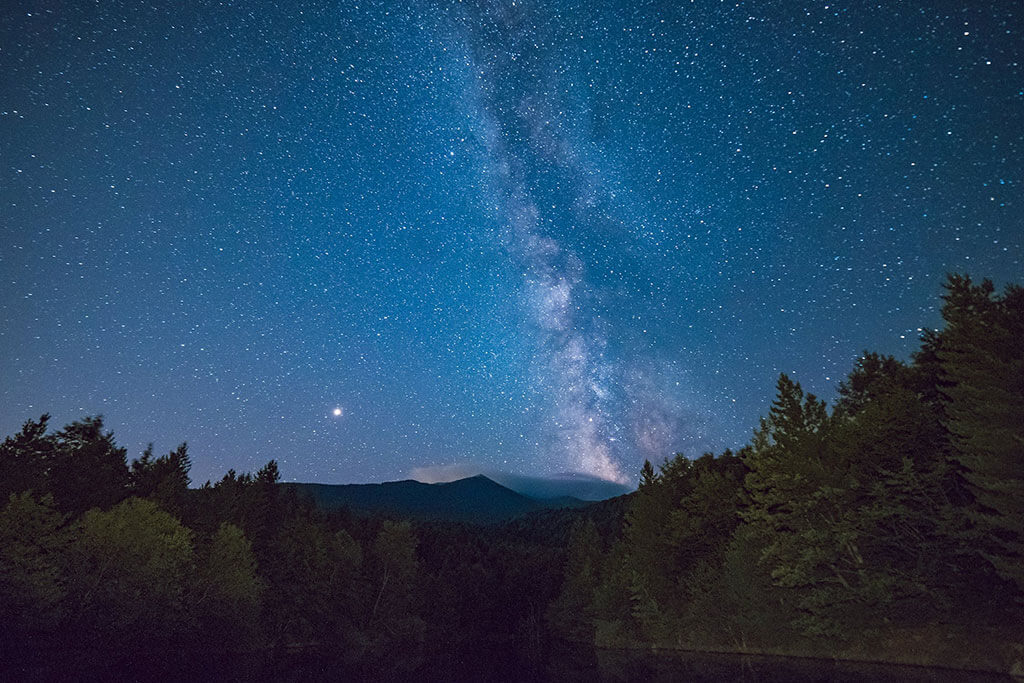
30
March
Globe at Night
Measuring light pollution of your sky, see www.globeatnight.org

1
March
Globe at Night
Measuring light pollution of your sky, see www.globeatnight.org

1
February
Globe at Night
Measuring light pollution of your sky, see www.globeatnight.org

1
January
Globe at Night
Measuring light pollution of your sky, see www.globeatnight.org

1
April
Global Astronomy Month
http://astronomerswithoutborders.org/global-astronomy-month-2016.html

9
April
Northeast Astronomy Forum
Astronomy event and fair in New Jersey
http://www.rocklandastronomy.com/neaf.html

25
February
UofT Planetarium: Imagining the Size of the Universe
Showtimes: 7:00pm, 8:00pm, and 9:00pm
There are many misconceptions about our universe, and the most common one is also the simplest – its size. Our universe is much bigger than we imagine it to be, and only through visual aid (such as a planetarium) can one really grasp the true dimensions of it. This planetarium show will journey through the different scales of the universe, starting with familiar objects like the moon and the Earth, and ending with the furthest reaches of the observable universe.

12
February
Bloor Hot Docs Cinema: Star Men
Four of the world’s most distinguished astronomers celebrate 50 years of work and friendship with a road trip through the southwestern United States, discussing and exploring the mysteries of the universe. Recapturing youthful adventures and recounting each other's influences on the most exciting period in astronomy’s history, they share roots from a time following Russia’s launch of Sputnik, when the U.S. accelerated their space program. The four British astronomers spent a formative year together in California in the early 1960s.

4
February
UofT AstroTour: What if the Earth had Two Suns?
Half of all stars in the night sky are actually in pairs or “binaries.” That is, instead of a single star like our Sun, these systems have two stars orbiting each other. Planets in these systems could have twice as many sunrises and sunsets. There could be twice as many solar systems to explore, double the habitable zones and, therefore, more opportunities for life to form! Is this really the case? Life here on Earth fundamentally relies upon the Sun’s (relatively) stable and quiet nature. Binaries, on the other hand, are sometimes found to exchange mass and more often explode!

12
February
Hamilton Amateur Astronomers: New Eyes on the Cold Universe: The Atacama Large Millimeter Array
The Atacama Large Millimeter Array (ALMA) is a new and powerful radio telescope that has recently completed construction on a high plateau in northern Chile. The first science results from ALMA include a stunning array of images of astronomical sources ranging from very young stars that are still in the process of forming to galaxies at the limits of the visible universe. Professor Christine Wilson has been involved with ALMA in a variety of roles throughout its design and construction and will give an overview of the telescope itself as well as some of its most exciting science.
